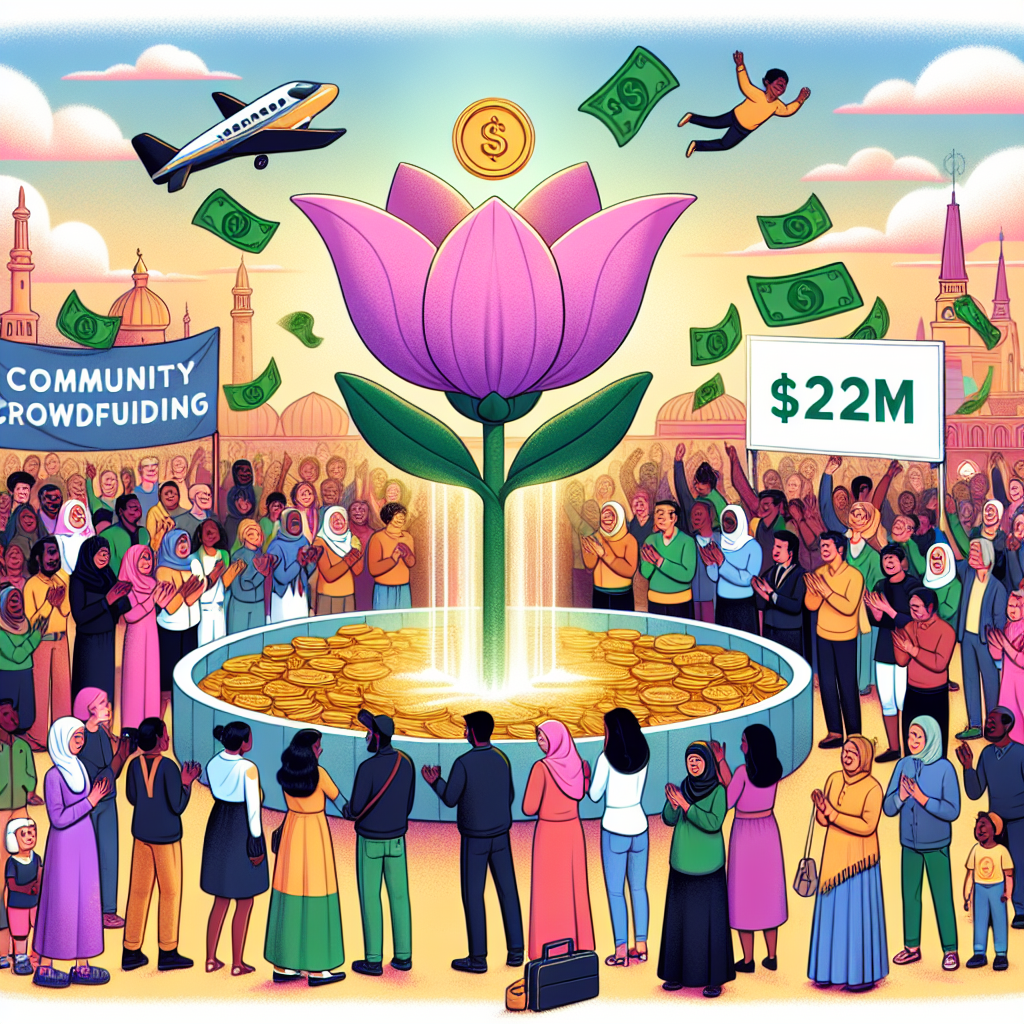A new UK-India trade agreement is set to transform the landscape of UK immigration and workforce mobility, sparking lively debate among policymakers and the public alike.
The UK’s approach to immigration has always been closely linked to its economic interests and international relations. The recent trade deal between the UK and India is a prime example of how such partnerships can have far-reaching implications—not just for trade and tariffs, but for the movement of people and skilled talent across borders.
Key Highlights of the UK-India Trade Deal and Immigration
Skilled Worker Mobility: As part of the agreement, the process for skilled Indian workers to obtain UK visas is expected to become more streamlined. Immigration law experts suggest this will ease the path for talented professionals in sectors such as technology, manufacturing, and services.
Visa Bureaucracy Reduced: The deal aims to cut down on red tape for Global Talent Mobility Visas and Skilled Worker Visas. This means quicker, simpler processes for both applicants and employers seeking international talent.
Political Reactions and Public Debate
Despite excitement about the partnership, both Indian and UK MPs have stated it is too early to specify exactly how many Indian skilled workers may come to the UK as a result. Final numbers will only be clear once the full terms are publicly released and implemented.
Taxation Controversy: A significant talking point is the exemption for Indian workers from paying UK national insurance for three years—a benefit not extended to British workers, who will continue to contribute. This has drawn criticism from some UK politicians, who argue it could disadvantage domestic taxpayers and workers.
The agreement has prompted strong reactions across the political spectrum. Some see it as a win-win for economic growth and international cooperation. Others express concern about the implications for British workers and taxpayers, questioning whether the deal does enough to protect domestic interests.
One MP noted that “thousands more” Indian workers could now move to the UK, calling into question the long-term impact on local employment and social infrastructure. However, proponents argue that increased skilled migration can address labor shortages and help drive innovation in key industries.
What Happens Next for UK Immigration?
It’s important to note that the trade deal is not yet finalized; it must be ratified by both governments and is unlikely to be fully implemented before 2026. As negotiations progress, more concrete details—especially regarding migration numbers and regulations—will emerge.
In the meantime, businesses, immigration professionals, and policy observers are watching closely. For those considering moving to the UK under these new provisions, or employers looking to recruit global talent, staying informed on legislative developments will be crucial.
The evolving UK-India trade agreement represents a pivotal moment for UK immigration policy, offering new pathways for skilled professionals while raising important questions about fairness, integration, and economic impact. As the final terms are negotiated and implemented, both countries—and their citizens—stand at the threshold of a new era in migration and cooperation.
For ongoing updates on this developing story, you can read more here.
Thank you for joining me in exploring this major shift in UK immigration policy. Whether you’re a migrant, an employer, or simply interested in how international agreements shape our workforce, it’s clear that these changes will touch many aspects of British life in the years ahead.










Leave a Comment